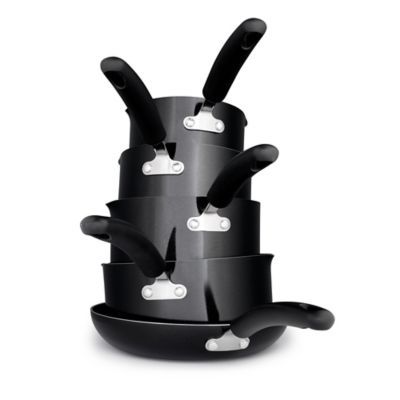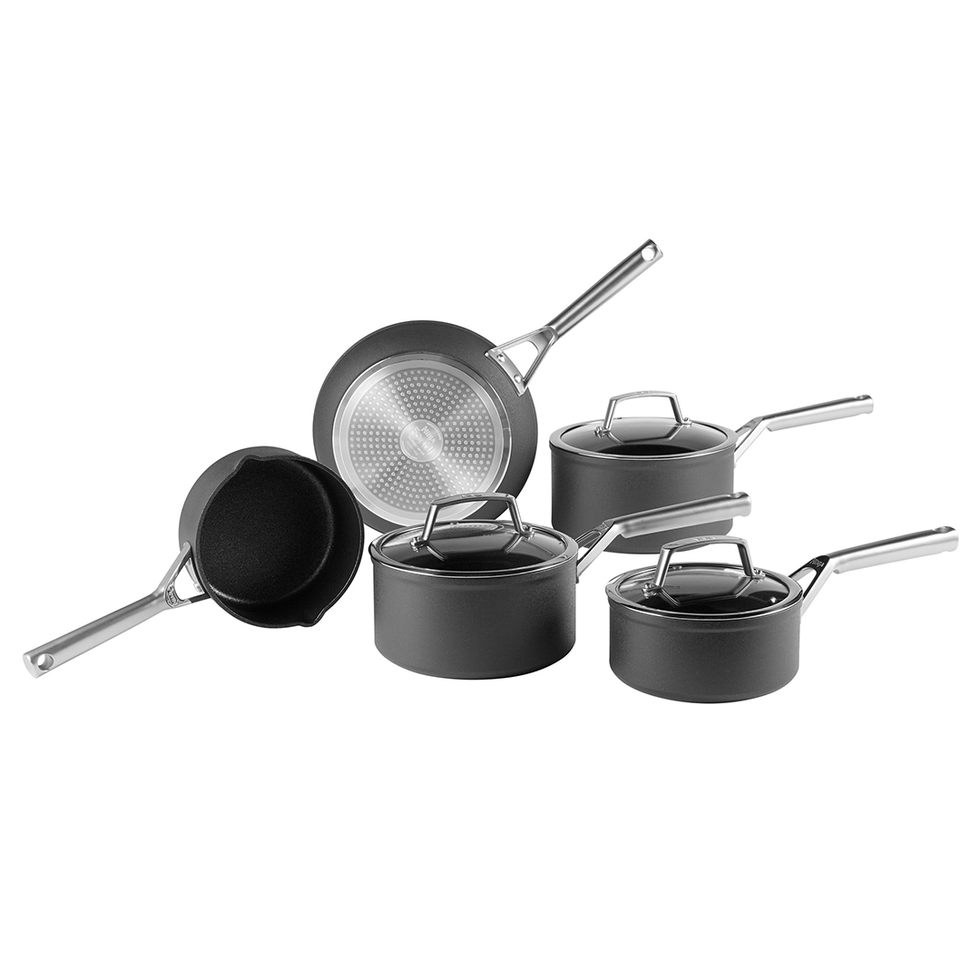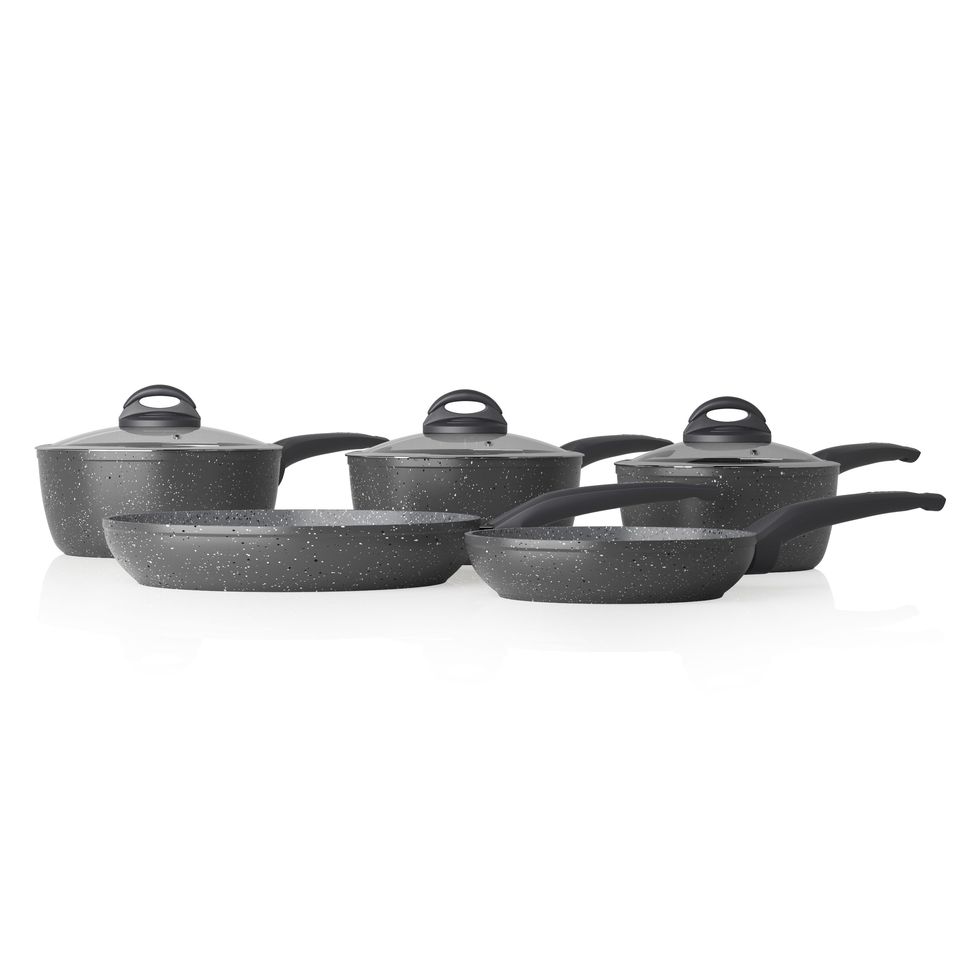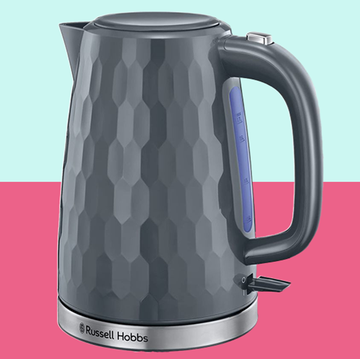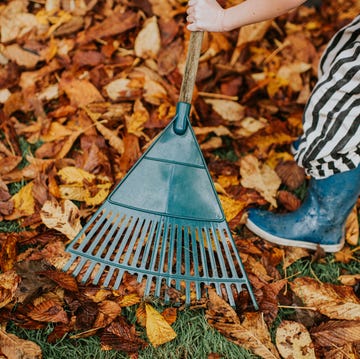When the time comes to clean my kitchen, there’s one chore I find more frustrating than anything else (except, perhaps, cleaning the oven). No matter how carefully I cook, there are always fresh oil splatters surrounding the hob, covering the backsplash, my appliances and the hob itself. It takes more than a damp cloth to remove these – each splatter of oil requires a focused scrub, leaving me exhausted by the time I’m finished.
The good news is, it doesn’t have to go on this way. There are hacks to prevent spitting and splatters when you cook with oil, saving you precious cleaning time at the weekends. Keen to know more? Here’s what you need to do.
Why does cooking oil splatter?
Oil alone won’t spit when heated. This reaction happens when water is introduced to the mix, either from the food itself or perhaps because the pan was damp to begin with.
What to read next
Once the water reaches a temperature high enough to form steam, it evaporates away and expands, leaving the remaining hot oil to spit and splatter from the displacement.
1. Dry your food
Following on from this, the first step is an easy one: make sure you dry your food before you add it to the pan, especially if it’s something you’ve just rinsed. In doing this, there’s less moisture to contribute to the spitting.
According to Emma Franklin, cookery editor at GH: “It’s important food is dry before adding to hot oil, otherwise the oil will splutter furiously (not to mention the heat will drop quicker).”
Pat meat and vegetables (especially if they’ve been blanched) with kitchen towels to mop up as much surface moisture as possible before frying.”
Likewise, be sure to dry your cookware thoroughly before you start to cook.
2. Put a screen guard on it
Even if you make the effort to dry your food, moisture is still likely to be released as it cooks. Oil spitting can’t be helped in this case, but you can place a screen guard on top of the pan to keep it contained while it’s still releasing moisture. Plus, in doing this while you cook, you can better protect yourself from rogue splatters, too.
A product such as Evanda’s Splatter Screen could help, plus it’s dishwasher-safe for easy clean-up. Don’t use a lid to cover your pan – the steam needs to be released, otherwise the water will drip back into the oil and cause a dangerous level of spitting.
Alternatively, if you’re worried a direct screen guard is going to get in the way, another option is to use a standing splatter guard. These stand around the pan to directly block each side from splatters. An example of this is the Hicoosee Portable Splatter Guard.
Of course, you can still get caught by the oil as you’re standing directly in front of it, so you should take care as you cook and wear suitable clothing.
3. Add some salt to the mix
Salt can come to the rescue for reducing splatter, too, if you’re shallow-frying in a small quantity of oil – just don’t use too much! Add a pinch of salt to the oil before you add your food; the salt will then help to absorb some of the moisture, which is introduced to the oil with your ingredients.
This won’t stop the splattering entirely, but it will reduce it. You may want to reduce the amount of seasoning you use elsewhere to the dish, to avoid over-seasoning your food.
4. Add the oil separately
The spitting starts as soon as the food makes contact with the hot oil. By applying the oil to the food beforehand, you can reduce the overall effect, according to Emma Franklin:
“If you really want to keep oil splatter to a minimum, then toss your food with the oil in a bowl before adding it to the hot pan, rather than heating the oil separately. You’ll need to use a little more oil this way (since when heated, oil thins out, meaning a small amount goes further) and toss everything well to make sure it’s coated before cooking.
“Use this for meat, fish and most veg, but avoid starchy ingredients such as bread and also aubergines, as their spongey textures will absorb too much oil.”
5. Clean or replace the filter in your cooker hood
The filter in your cooker hood will get covered in grease and oil with regular use. That’s because it’s catching the particles as it absorbs the excess steam. You’ll want to keep this clean, to stop the oils from building up elsewhere in your kitchen. On top of that, your extractor fan won’t be able to function efficiently while it’s blocked. Not to mention, it’s a fire hazard.
If the filter is made from paper or carbon, it may need replacing. Sponge filters will also need replacing after a few washes. If it’s a metal filter, it may be able to go in the upper rack of the dishwasher – check with the manual to confirm. Otherwise, you can wash this with warm, soapy water. We’ve also covered how to clean an extractor fan step by step if you want to give the whole thing a clean.
6. Use appropriate cookware
Consider if your pan is suitably sized for frying foods. If it’s particularly shallow, it’s going to leave more mess behind. Plus, if it’s too small, your food will be crowded, which deters the cooking results (your food will end up steamed rather than fried, as the moisture can’t escape). You’ll also want a pan that distributes the heat evenly to get the best results.
If you think it’s time for an upgrade, the GHI has tested multiple sets to find the best pan sets for all hob types.
How to clean cooking oil splatters
No matter how careful you are, some cooking oil splatters are going to make it past you.
Rather than scrubbing these away with a damp cloth, I recommend using warm soapy water to work your way through the grease. Coupled with an electric cleaning brush (making sure it’s suitable for use on the surfaces), you can make quick work of these rogue splatters.





